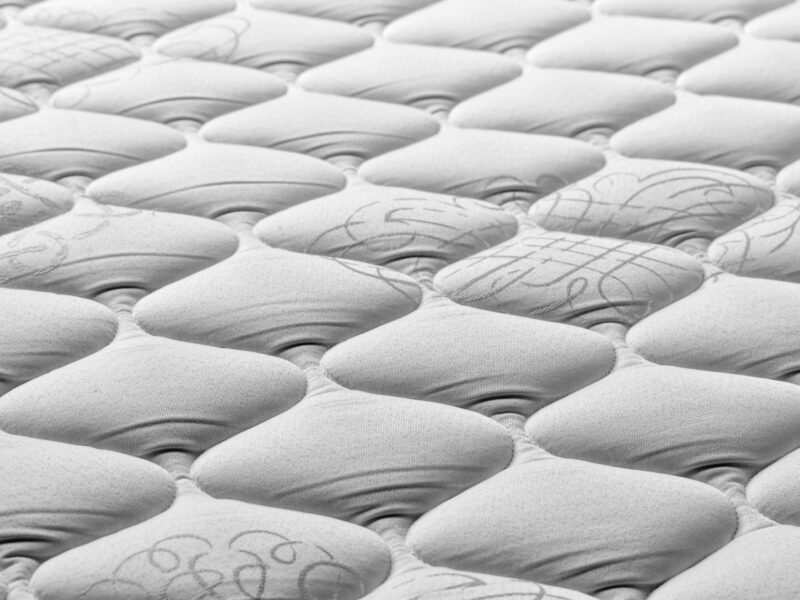So, you’ve heard the term “Diastasis Recti” floating around and you’re probably wondering, “What on earth is that?” Don’t worry, you’re in the right place.
What Exactly is Diastasis Recti?
Alright, let’s start with the basics. Diastasis Recti, pronounced “dye-uh-STAY-sis REK-tye,” is a condition where the large abdominal muscles separate. Imagine your abs are like a zipper, and Diastasis Recti happens when that zipper comes undone.
These muscles, known as the rectus abdominis, usually run down the middle of your belly. When they separate, it creates a gap that can cause a bulge or a pooch in your stomach area. The good news is that there is Diastasis Recti treatment in Singapore, so you don’t have to simply sit and suffer if this does happen to you.
Why Does This Happen?
Good question! Diastasis Recti is most commonly associated with pregnancy. Picture this: as a baby grows, the uterus expands and puts pressure on the abdominal muscles, causing them to stretch and sometimes separate. It’s a completely natural process. But it’s not just pregnant people who can experience Diastasis Recti. Rapid weight changes, certain exercises, or even just genetics can also play a role.
How Do You Know If You Have Diastasis Recti?
Wondering if you might have this condition? Here’s a simple way to check:
- Lie down on your back with your knees bent and feet flat on the floor.
- Lift your head and shoulders slightly off the floor, like you’re doing a small crunch.
- Feel your abdomen with your fingers. Place them just above and below your belly button. If you can feel a gap or see a bulge, you might have Diastasis Recti.
If you’re unsure, it’s always best to check with a healthcare professional. They can give you a definitive diagnosis and guide you on the next steps.
Symptoms of Diastasis Recti
So, what does Diastasis Recti feel like? Here are some common symptoms:
- A noticeable bulge in your abdomen, especially when you strain or contract your abs.
- Lower back pain due to the weakened abdominal muscles.
- Poor posture as your core struggles to support your spine.
- Bloating and constipation which can be related to the abdominal muscles not functioning properly.
Can Diastasis Recti Be Fixed?
The short answer is yes, it can be fixed! The key is to focus on exercises that strengthen the core without putting too much strain on the abdomen. Here are some exercises that can help:
Safe Exercises for Diastasis Recti
- Pelvic Tilts
- Lie on your back with knees bent.
- Tighten your abs and tilt your pelvis upward.
- Hold for a few seconds, then relax.
- Heel Slides
- Lie on your back with knees bent.
- Slowly slide one heel out straight, keeping your core engaged.
- Bring the heel back and switch legs.
- Leg Lifts
- Lie on your back with one knee bent and the other leg straight.
- Lift the straight leg slowly while keeping your core tight.
- Lower it back down and switch legs.
- Abdominal Bracing
- Tighten your abdominal muscles as if you’re preparing for a punch.
- Hold this for a few seconds and release.
What to Avoid
Certain exercises can make Diastasis Recti worse. Be cautious and avoid:
- Traditional crunches and sit-ups which can put too much pressure on the abdomen.
- Heavy lifting without proper core support.
- Planks and push-ups until your core is strong enough to handle them.
When to Seek Professional Help
If you’ve been trying to fix Diastasis Recti on your own but aren’t seeing progress, it might be time to seek professional help. Physical therapists, especially those who specialize in postpartum recovery, can provide personalized exercises and guidance. In severe cases, surgery might be an option to bring the muscles back together.
Living with Diastasis Recti
Living with Diastasis Recti can be challenging, but it’s manageable with the right approach. Here are some tips to keep in mind:
- Stay active with safe exercises.
- Wear support garments like abdominal binders if needed.
- Focus on good posture to reduce back strain.
- Listen to your body and avoid movements that cause pain or discomfort.
Final Thoughts
Diastasis Recti can be a bit of a nuisance, but with patience and the right strategies, you can manage and even improve this condition. Remember, it’s a common issue, especially for new moms, so you’re not alone. The journey to a stronger core might take time, but every step you take brings you closer to your goal.




